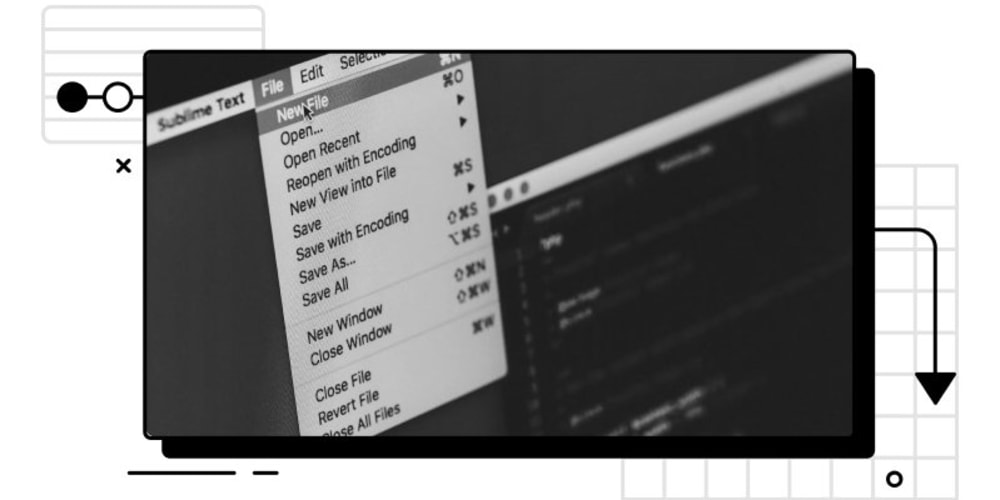CSS selectors are a fundamental part of web development, allowing developers to apply styles to HTML elements in a precise manner. Understanding when to use each type of CSS selector is crucial for creating efficient and maintainable code. This guide will not only introduce different CSS selectors but also explain the situations where each should be used for optimal results.
1. Universal Selector (*)
When to Use:
Use the universal selector when you need to apply a general style across all elements of a webpage. This is often done at the beginning of a stylesheet to set a universal baseline, such as removing all default padding and margin. It's particularly useful in CSS resets to ensure consistent styling across different browsers.
2. Element Selector (element)
When to Use:
Element selectors should be used when you want to apply styles to a specific type of element across your entire document. This is ideal for setting base styles for common HTML elements such as paragraphs (p), headings (h1 to h6), and lists (ul, ol). It's most effective when styling elements in a way that does not require specificity, or when creating base styles that can be overridden by more specific selectors.
3. Class Selector (.classname)
When to Use:
Class selectors are most appropriate when you want to apply the same style to multiple elements without affecting other elements of the same type. Use class selectors for reusable styles that will be applied to multiple elements, such as buttons (.btn), alerts (.alert), or other UI components. They are ideal when you need a flexible way to style groups of elements consistently.
4. ID Selector (#idname)
When to Use:
ID selectors should be used sparingly and only when you need to style a unique element that does not repeat on the page, such as a single navigation bar (#navbar) or footer (#footer). They are also useful when a specific element needs to have unique styles that should not be overridden by other styles. Use IDs for unique elements that require very specific styling, but avoid overusing them to maintain a flexible and maintainable stylesheet.
5. Attribute Selector ([attribute=value])
When to Use:
Use attribute selectors when you need to style elements based on the presence or value of an attribute. This is particularly useful for form elements, such as styling all input elements with a type="text" attribute, or links with a specific href attribute. They are also effective for styling dynamically generated content where you can’t rely on a class or ID.
6. Pseudo-class Selector (:pseudo-class)
When to Use:
Pseudo-class selectors should be used when styling elements based on their state or position, such as :hover for mouseover effects, :focus for form input focus states, or :nth-child() for targeting specific children. They are particularly useful for enhancing user experience through interactive and dynamic styling, such as highlighting a menu item when it is selected or hovering over a button.
7. Pseudo-element Selector (::pseudo-element)
When to Use:
Use pseudo-element selectors when you need to style specific parts of an element or create content that does not exist in the document tree, such as ::before or ::after to insert content before or after an element. They are perfect for adding decorative elements (like icons or separators) without cluttering the HTML with additional elements.
8. Descendant Selector (element element)
When to Use:
Descendant selectors are useful when you want to apply styles to elements that are nested within a specific parent element. Use them for styling components that are part of a larger group, such as all list items (li) within a specific ul list. This is particularly effective when you want to style nested elements without affecting others of the same type outside the parent element.
9. Child Selector (element > element)
When to Use:
Use the child selector when you need to target direct children of a specific element and not deeper nested elements. This is useful when creating more structured layouts where only immediate child elements need specific styling, such as styling direct child div elements within a section tag.
10. Adjacent Sibling Selector (element + element)
When to Use:
Adjacent sibling selectors should be used when you want to style an element that immediately follows another element. This is useful for styling elements that are in close proximity but not necessarily nested, such as styling a p element immediately following an h1 heading for consistent spacing.
11. General Sibling Selector (element ~ element)
When to Use:
The general sibling selector is useful when you want to style elements that share the same parent and are at the same level, but not necessarily adjacent. This selector is ideal for applying styles to all sibling elements following a specific element, such as styling all p tags that follow a div of a specific class.
Conclusion
Each type of CSS selector has its ideal use case and understanding when to use each will help you write more efficient and maintainable CSS. By leveraging the right selectors, you can create powerful and dynamic styles that enhance the functionality and aesthetics of your web pages. Remember, the key to effective CSS is to use selectors appropriately and avoid unnecessary specificity that could lead to code bloat or conflicts.
Read my Posts on webdevtales.com to learn more about web-development.





















